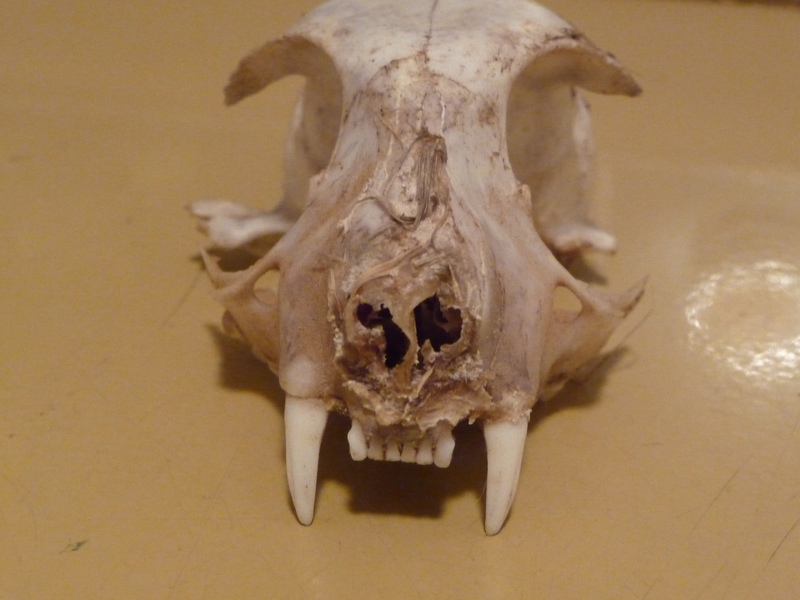|
| Query: domestic cat | Result: 194th of 421 | |
Animal skull
| Subject: | Animal skull
| | Poster: | Sherlene (sherlene-milan@hotmail.com)
| |

| Resolution: 3456x2592
File Size: 2098109 Bytes
Date: 2010:04:03 16:53:39
Camera: DMC-TZ5 (Panasonic)
F number: f/4.3
Exposure: 10/100 sec
Focal Length: 93/10
Upload Date: 2010:04:08 01:28:46
|
Animal skull
Live on 2 irrigated acres on the outskirts of Phoenix, AZ and found this skull in the backyard. What is it?
|
Comments |
|---|
| | Guest |
|
| it is a domestic cat probably attacked and killed by a coyote or snake |
^o^
Animal Pictures Archive for smart phones
^o^
|
|
|

